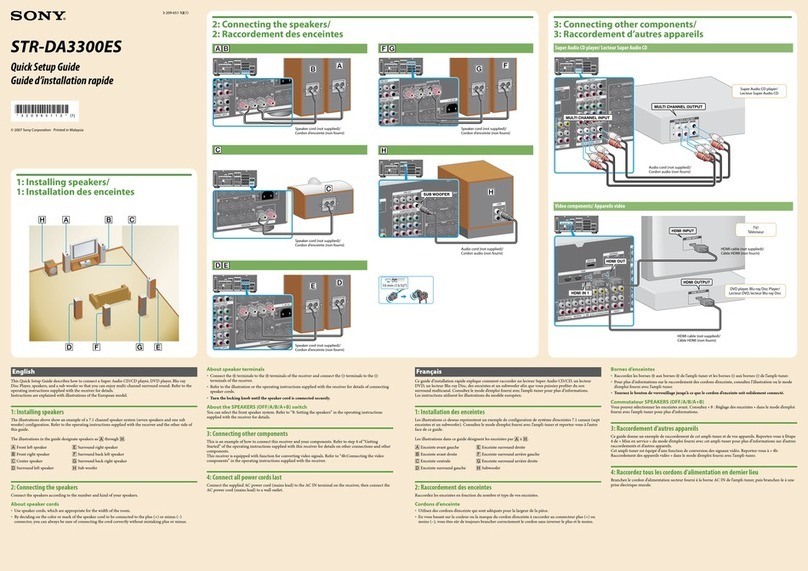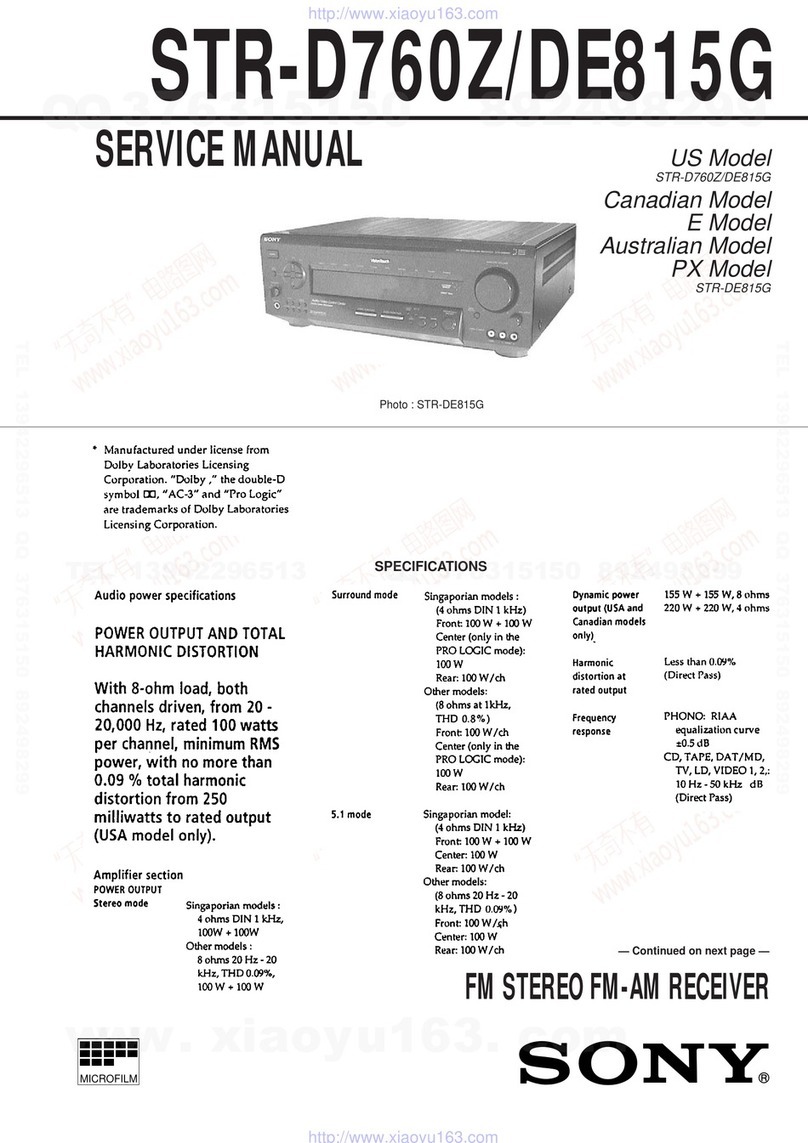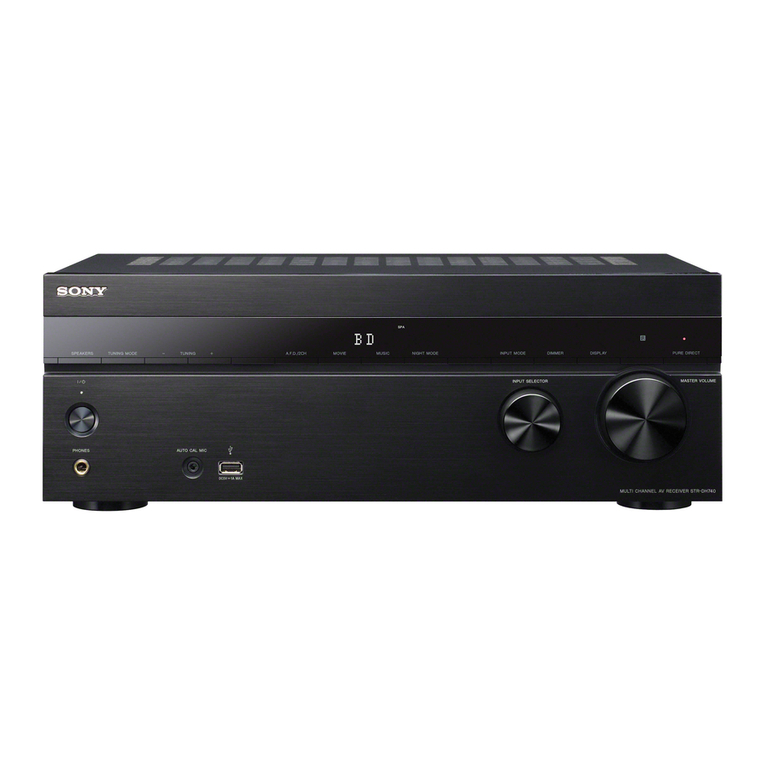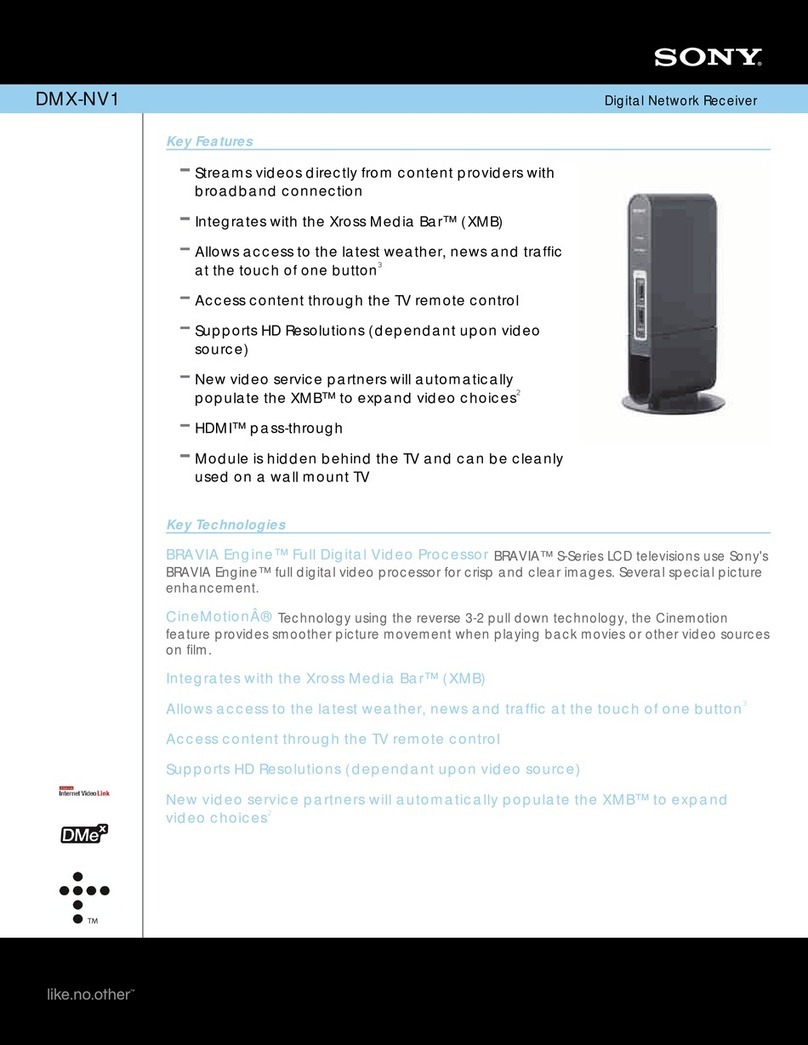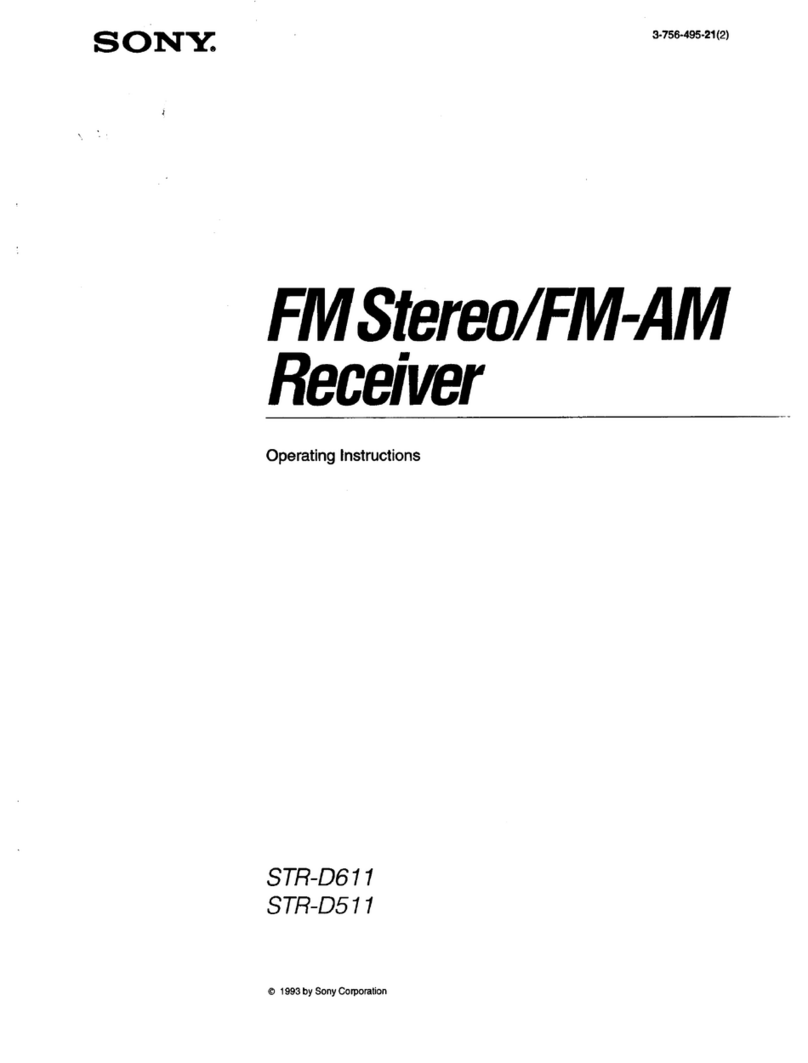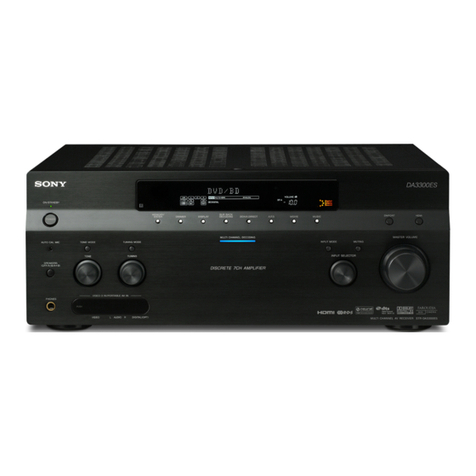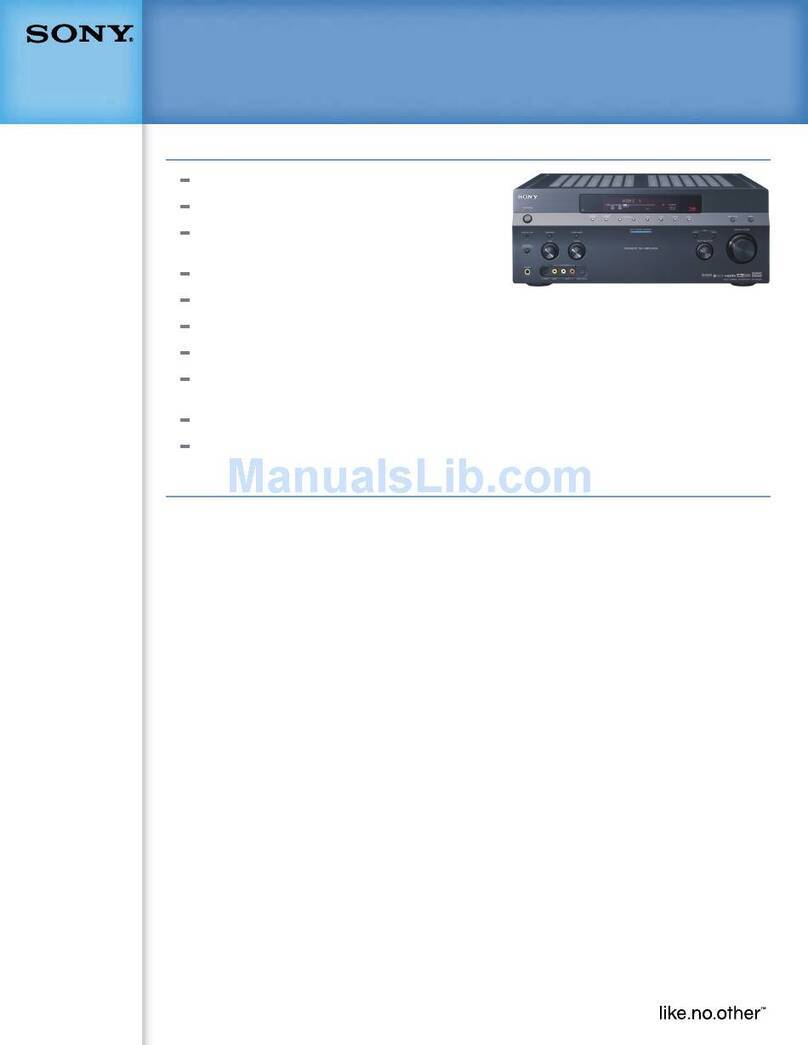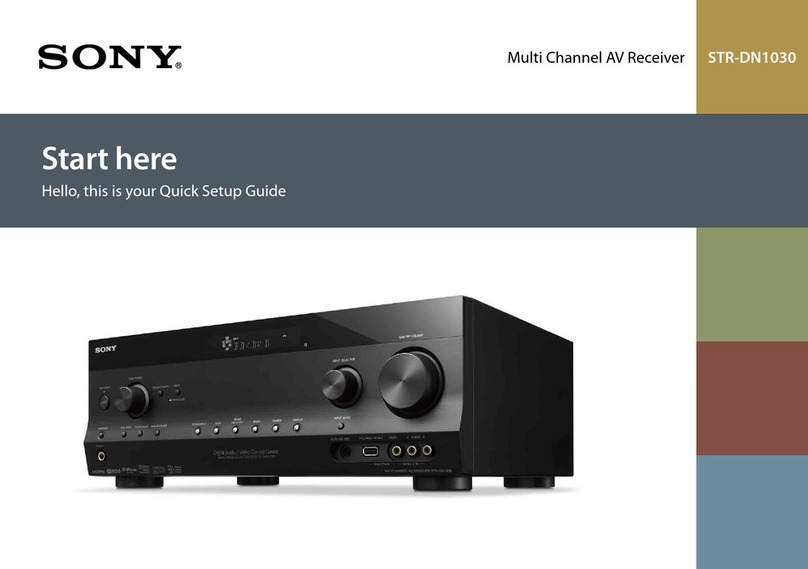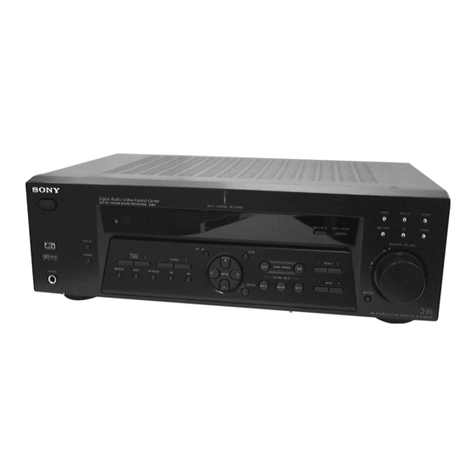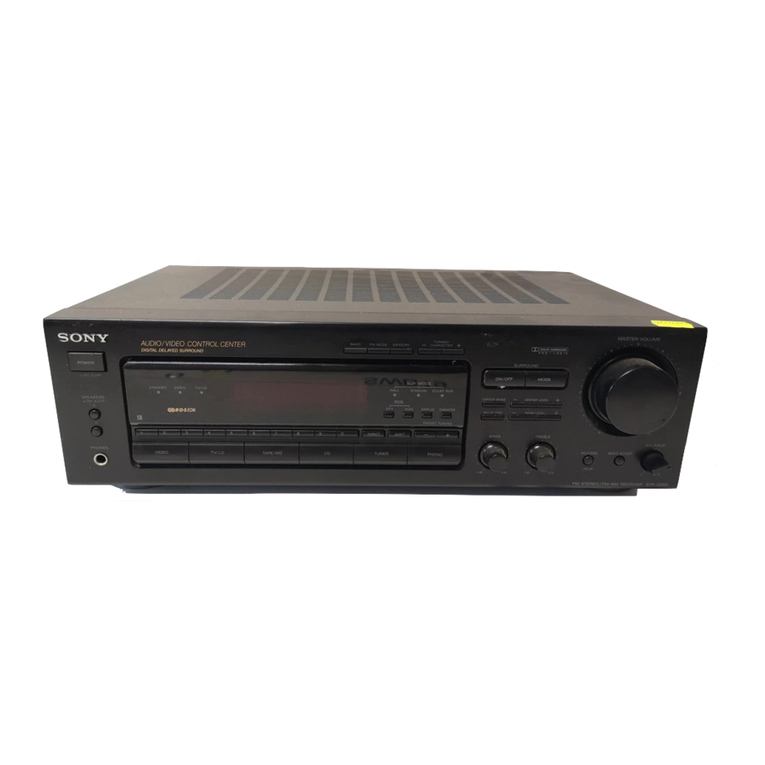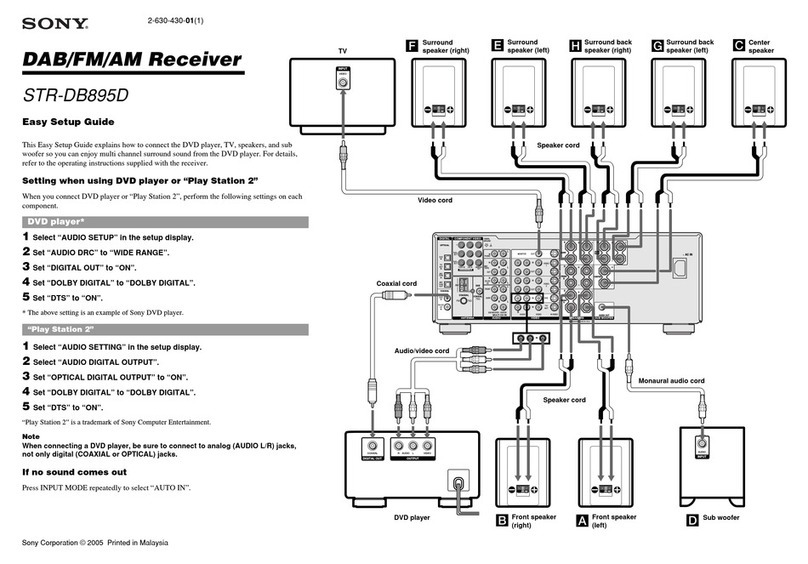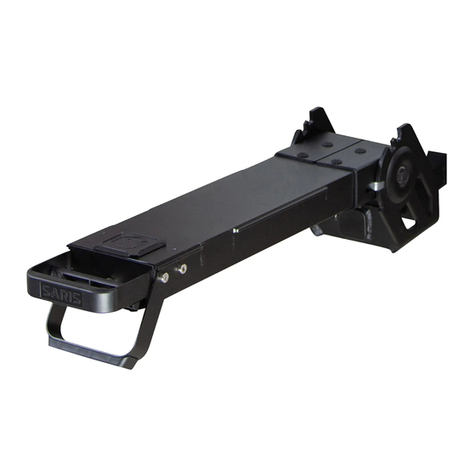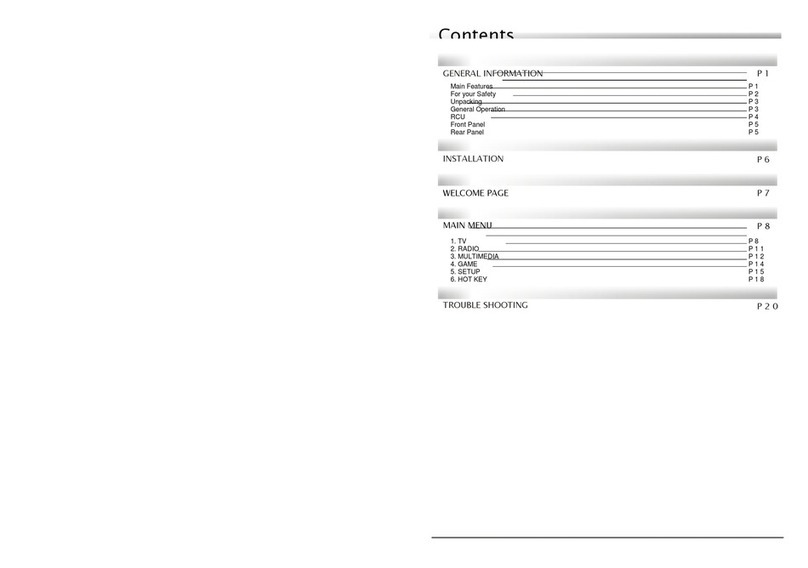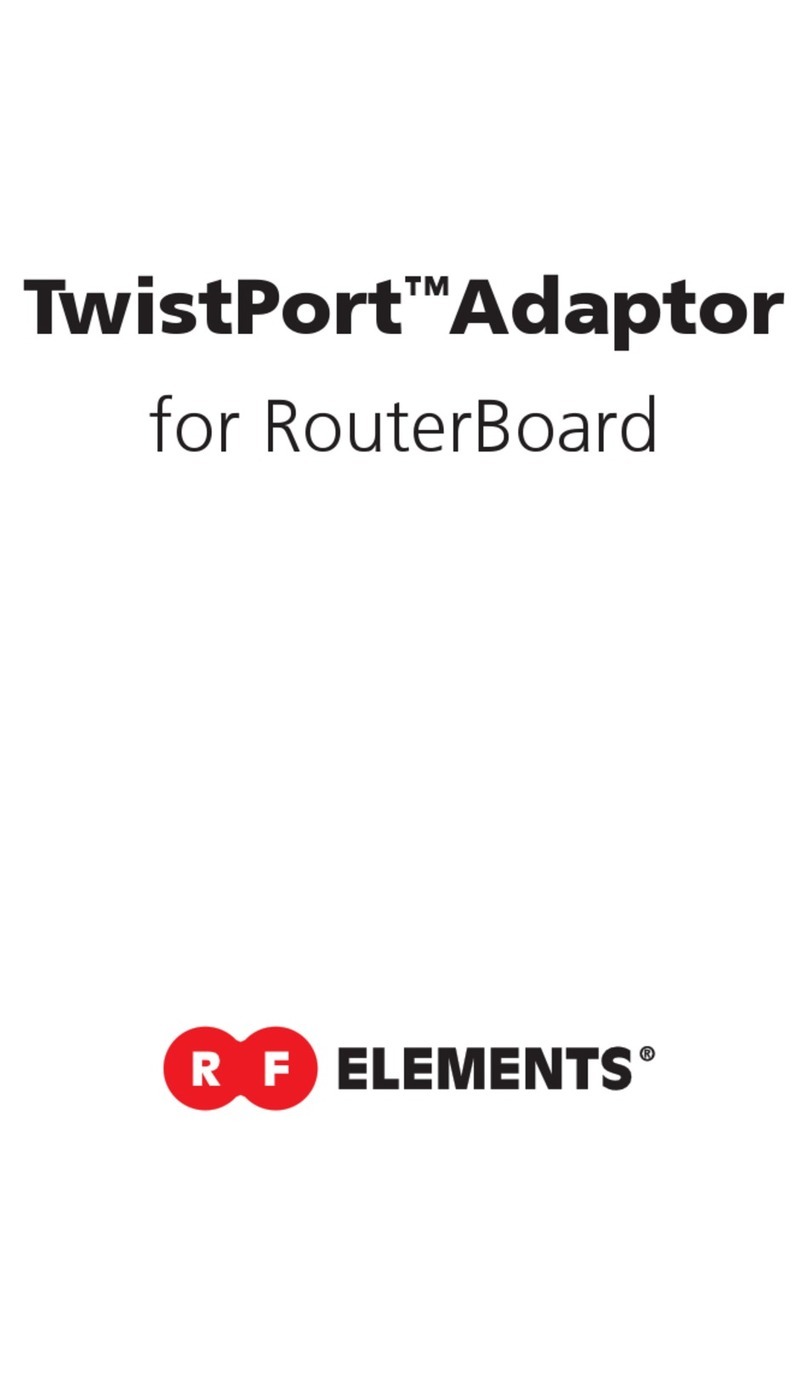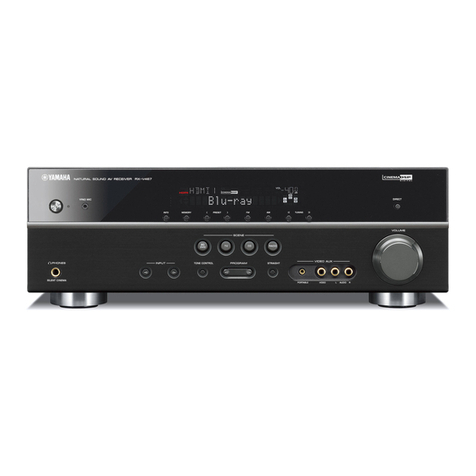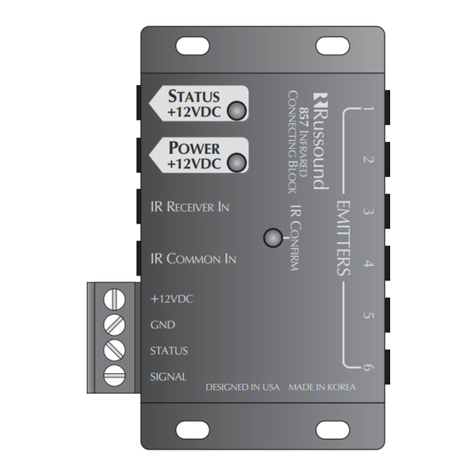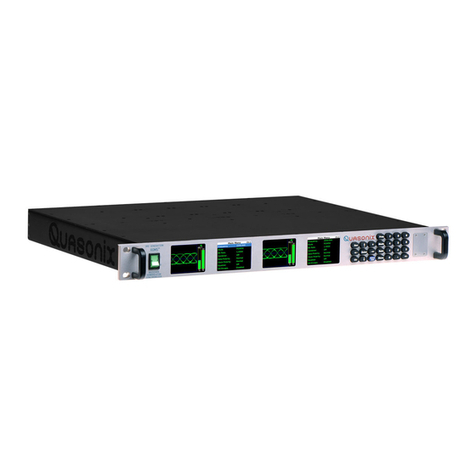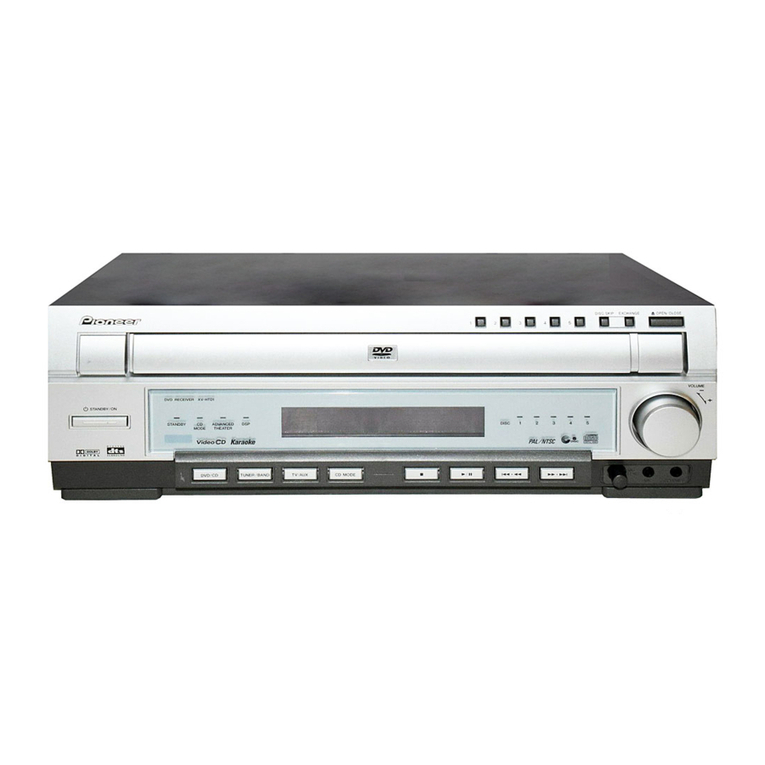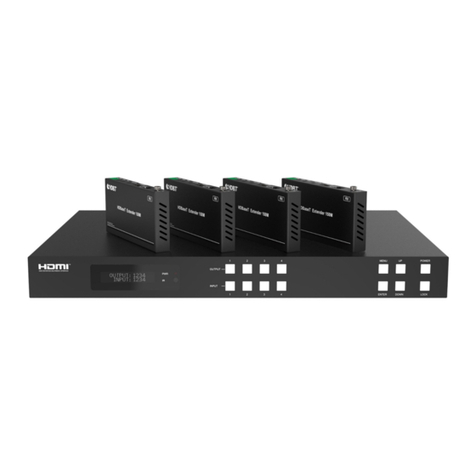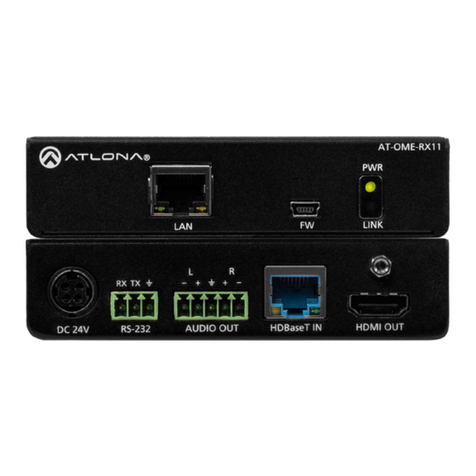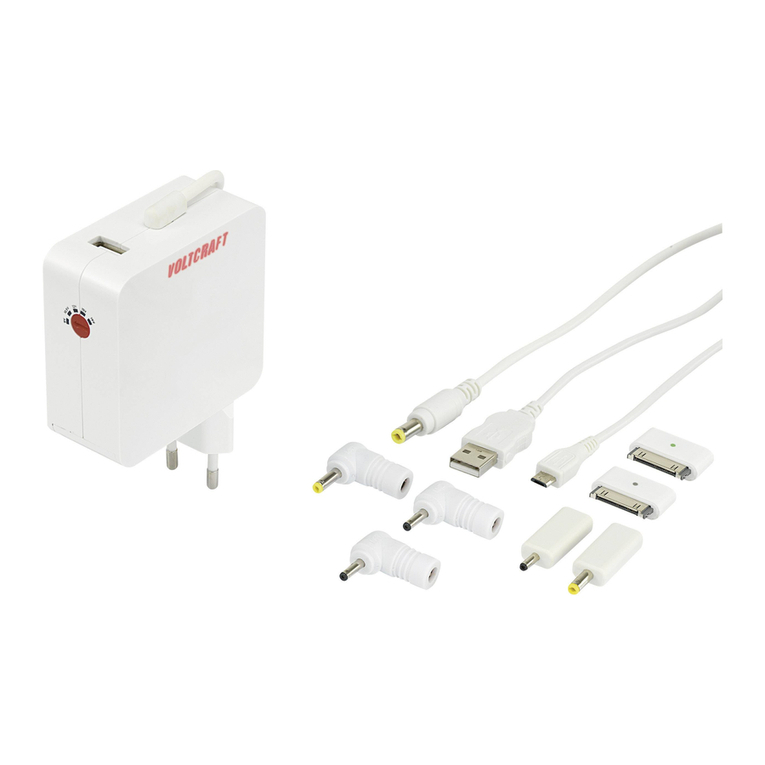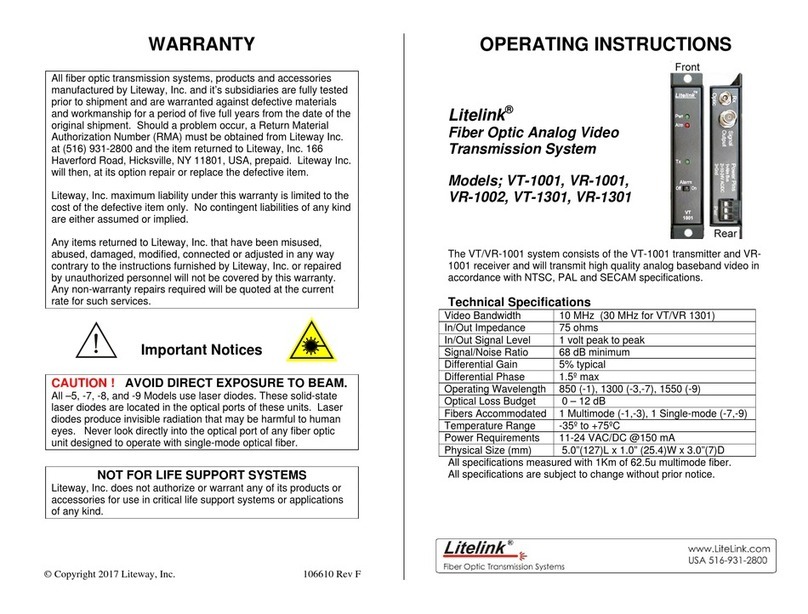
HBD-E2100/E3100/E3200/E4100/E6100
2
SAFETY-RELATED COMPONENT WARNING!
COMPONENTS IDENTIFIED BY MARK 0OR DOTTED LINE
WITH MARK 0ON THE SCHEMATIC DIAGRAMS AND IN
THE PARTS LIST ARE CRITICAL TO SAFE OPERATION.
REPLACE THESE COMPONENTS WITH SONY PARTS
WHOSE PART NUMBERS APPEAR AS SHOWN IN THIS
MANUAL OR IN SUPPLEMENTS PUBLISHED BY SONY.
ATTENTION AU COMPOSANT AYANT RAPPORT
À LA SÉCURITÉ!
LES COMPOSANTS IDENTIFIÉS PAR UNE MARQUE 0SUR
LES DIAGRAMMES SCHÉMATIQUES ET LA LISTE DES
PIÈCES SONT CRITIQUES POUR LA SÉCURITÉ DE FONC-
TIONNEMENT. NE REMPLACER CES COMPOSANTS QUE
PAR DES PIÈCES SONY DONT LES NUMÉROS SONT DON-
NÉS DANS CE MANUEL OU DANS LES SUPPLÉMENTS
PUBLIÉS PAR SONY.
FM Tuner Section
System PLL quartz-locked digital synthesizer
Tuning range 87.5 MHz - 108.0 MHz (50 kHz step)
(except US, PX and Canadian models)
87.5 MHz - 108.0 MHz (100 kHz step)
(US, PX and Canadian models)
Antenna (aerial) FM wire antenna (aerial)
General
Power requirements US and Canadian models:
120 VAC, 60 Hz
Taiwan model:
120 V AC, 50/60 Hz
Latin-American, 110 – 240 V AC area in
E model and PX models:
110 V – 240 V AC, 50/60 Hz
Saudi Arabia model:
127 V – 240 V AC, 50/60 Hz
Other models:
220 V – 240 V AC, 50/60 Hz
Power consumption On: 95 W
Standby: 0.3 W
Dimensions (w/h/d) (approx.)
430 mm × 50.5 mm × 296 mm
(17 in × 2 in × 11 ¾in) incl. projecting parts
Mass (approx.) 2.7 kg (5 lb 16 oz)
Design and specifications are subject to change without notice.
• Standby power consumption: 0.3 W.
• Over 85% power efficiency of amplifier block is achieved with the full digital amplifier, S-Master.
• This system incorporates with Dolby* Digital and Dolby Pro Logic adaptive matrix surround
decoder and the DTS** Digital Surround System.
* Manufactured under license from Dolby Laboratories.
Dolby, Pro Logic, and the double-D symbol are trademarks of Dolby Laboratories.
** Manufactured under license under U.S. Patent Nos: 5,956,674; 5,974,380; 6,226,616;
6,487,535; 7,212,872; 7,333,929; 7,392,195; 7,272,567 & other U.S. and worldwide patents
issued & pending. DTS-HD, the Symbol, & DTS-HD and the Symbol together are regis-
tered trademarks of DTS, Inc. Product includes software. © DTS, Inc. All Rights Reserved.
• This system incorporates High-Definition Multimedia Interface (HDMITM) technology.
The terms HDMI and HDMI High-Definition Multimedia Interface, and the HDMI Logo are
trademarks or registered trademarks of HDMI Licensing LLC in the United States and other
countries.
• Java is a trademark of Oracle and/or its affiliates.
• “DVD logo” is a trademark of DVD Format/ Logo Licensing Corporation.
• “Blu-ray Disc”, “Blu-ray”, “Blu-ray 3D”, “BD-LIVE”, “BONUSVIEW”, and logos are trade-
marks of the Blu-ray Disc Association.
• “Blu-ray Disc”, “DVD+RW”, “DVD-RW”, “DVD+R”, “DVD-R”, “DVD VIDEO”, and “CD”
logos are trademarks.
• “BRAVIA” is a trademark of Sony Corporation.
• “AVCHD 3D/Progressive” and the “AVCHD 3D/Progressive” logo are trademarks of Panasonic
Corporation and Sony Corporation.
• , “XMB”, and “xross media bar” are trademarks of Sony Corporation and Sony Computer
Entertainment Inc.
• “Playstation” is a registered trademark of Sony Computer Entertainment Inc.
• “Sony Entertainment Network logo” and “Sony Entertainment Network” are trademarks of Sony
Corporation.
• Music and video recognition technology and related data are provided by Gracenote®.
Gracenote is the industry standard in music recognition technology and related content delivery.
For more information, please visit www.gracenote.com.
CD, DVD, Blu-ray Disc, and music and video-related data from Gracenote, Inc., copyright ©
2000-present Gracenote.
Gracenote Software, copyright © 2000-present Gracenote. One or more patents owned by Gra-
cenote apply to this product and service. See the Gracenote website for a nonexhaustive list of
applicable Gracenote patents. Gracenote, CDDB, MusicID, MediaVOCS, the Gracenote logo
and logotype, and the “Powered by Gracenote” logo are either registered trademarks or trade-
marks of Gracenote, Inc. in the United States and/or other countries.
• Wi-Fi®, Wi-Fi Protected Access®and Wi-Fi Alliance®are registered marks of the Wi-Fi
Alliance.
• Wi-Fi CERTIFIED™, WPA™, WPA2™ and Wi-Fi Protected Setup™ are marks of the Wi-Fi
Alliance.
• The N Mark is a trademark or registered trademark of NFC Forum, Inc. in the United States and
in other countries.
• Android is a trademark of Google Inc.
• The Bluetooth®word mark and logos are registered trademarks owned by Bluetooth SIG, Inc.
and any use of such marks by Sony Corporation is under license. Other trademarks and trade
names are those of their respective owners.
• MPEG Layer-3 audio coding technology and patents licensed from Fraunhofer IIS and
Thomson.
• This product incorporates proprietary technology under license from Verance Corporation and
is protected by U.S. Patent 7,369,677 and other U.S. and worldwide patents issued and pending
as well as copyright and trade secret protection for certain aspects of such technology. Cinavia
is a trademark of Verance Corporation. Copyright 2004-2010 Verance Corporation. All rights
reserved by Verance. Reverse engineering or disassembly is prohibited.
• Windows Media is either a registered trademark or trademark of Microsoft Corporation in the
United States and/or other countries.
This product is protected by certain intellectual property rights of Microsoft Corporation. Use
or distribution of such technology outside of this product is prohibited without a license from
Microsoft or an authorized Microsoft subsidiary.
Content owners use Microsoft®PlayReady™ content access technology to protect their in-
tellectual property, including copyrighted content. This device uses PlayReady technology to
access PlayReady-protected content and/or WMDRM-protected content. If the device fails to
properly enforce restrictions on content usage, content owners may require Microsoft to revoke
the device’s ability to consume PlayReady-protected content. Revocation should not affect un-
protected content or content protected by other content access technologies. Content owners may
require you to upgrade PlayReady to access their content. If you decline an upgrade, you will not
be able to access content that requires the upgrade.
• DLNA™, the DLNA Logo and DLNA CERTIFIED™ are trademarks, service marks, or certifi-
cation marks of the Digital Living Network Alliance.
• Opera®Devices SDK from Opera Software ASA. Copyright 1995-2013 Opera Software ASA.
All rights reserved.
• All other trademarks are trademarks of their respective owners.
• Other system and product names are generally trademarks or registered trademarks of the manu-
facturers. ™ and ® marks are not indicated in this document.
End User License Information
Gracenote®End User License Agreement
This application or device contains software from Gracenote, Inc. of Emeryville, California
(“Gracenote”). The software from Gracenote (the “Gracenote Software”) enables this application
to perform disc and/or file identification and obtain music-related information, including name,
artist, track, and title information (“Gracenote Data”) from online servers or embedded databases
(collectively, “Gracenote Servers”) and to perform other functions. You may use Gracenote Data
only by means of the intended End-User functions of this application or device.
You agree that you will use Gracenote Data, the Gracenote Software, and Gracenote Servers for
your own personal non-commercial use only. You agree not to assign, copy, transfer or transmit
the Gracenote Software or any Gracenote Data to any third party. YOU AGREE NOT TO USE
OR EXPLOIT GRACENOTE DATA, THE GRACENOTE SOFTWARE, OR GRACENOTE
SERVERS, EXCEPT AS EXPRESSLY PERMITTED HEREIN.
You agree that your non-exclusive license to use the Gracenote Data, the Gracenote Software,
and Gracenote Servers will terminate if you violate these restrictions. If your license terminates,
you agree to cease any and all use of the Gracenote Data, the Gracenote Software, and Gracenote
Servers. Gracenote reserves all rights in Gracenote Data, the Gracenote Software, and the Gracenote
Servers, including all ownership rights. Under no circumstances will Gracenote become liable for
any payment to you for any information that you provide. You agree that Gracenote, Inc. may enforce
its rights under this Agreement against you directly in its own name.
The Gracenote service uses a unique identifier to track queries for statistical purposes. The purpose
of a randomly assigned numeric identifier is to allow the Gracenote service to count queries without
knowing anything about who you are. For more information, see the web page for the Gracenote
Privacy Policy for the Gracenote service.
The Gracenote Software and each item of Gracenote Data are licensed to you “AS IS.” Gracenote
makes no representations or warranties, express or implied, regarding the accuracy of any Gracenote
Data from in the Gracenote Servers. Gracenote reserves the right to delete data from the
Gracenote Servers or to change data categories for any cause that Gracenote deems sufficient.
No warranty is made that the Gracenote Software or Gracenote Servers are error-free or that
functioning of Gracenote Software or Gracenote Servers will be uninterrupted. Gracenote is not
obligated to provide you with new enhanced or additional data types or categories that Gracenote
may provide in the future and is free to discontinue its services at any time. GRACENOTE
DISCLAIMS ALL WARRANTIES EXPRESS OR IMPLIED, INCLUDING, BUT NOT LIMITED
TO, IMPLIED WARRANTIES OF MERCHANTABILITY, FITNESS FOR A PARTICULAR
PURPOSE, TITLE, AND NON-INFRINGEMENT. GRACENOTE DOES NOT WARRANT THE
RESULTS THAT WILL BE OBTAINED BY YOUR USE OF THE GRACENOTE SOFTWARE
OR ANY GRACENOTE SERVER. IN NO CASE WILL GRACENOTE BE LIABLE FOR ANY
CONSEQUENTIAL OR INCIDENTAL DAMAGES OR FOR ANY LOST PROFITS OR LOST
REVENUES.
© Gracenote, Inc. 2009
Ver. 1.5
CAUTION
Use of controls or adjustments or performance of procedures
other than those specified herein may result in hazardous radia-
tion exposure.
